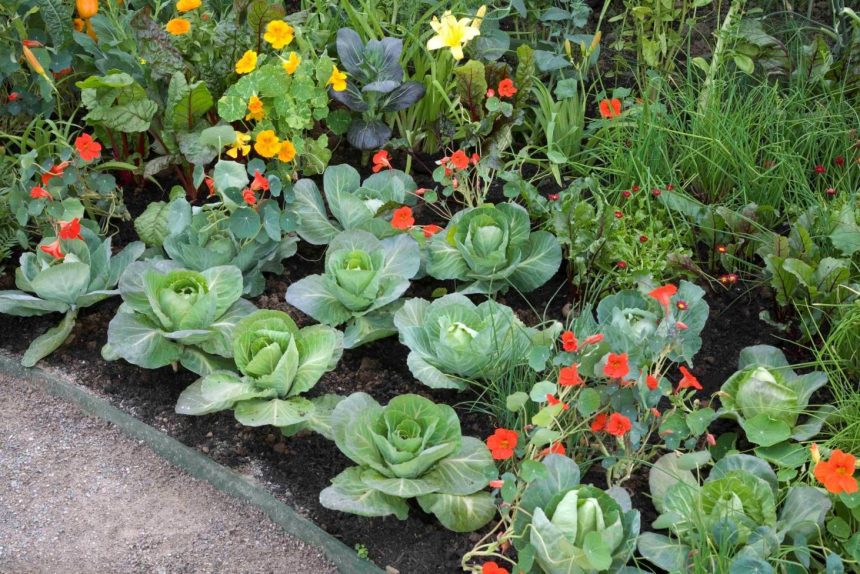Spinach is a cool weather crop that can be grown in spring and fall in most climates. Choosing the right companion plants for spinach can help deter pests, improve flavor and increase yields. This guide to spinach companion planting covers everything you need to know.
What to Plant with Spinach
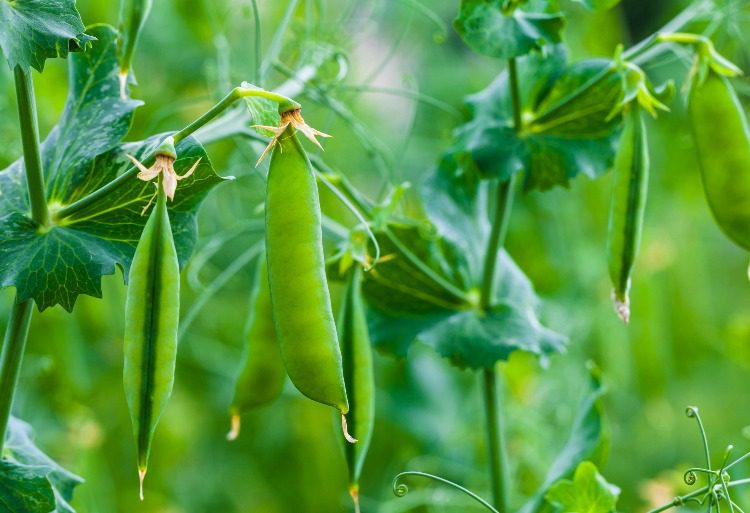
Beans
Bush and pole beans make excellent companions for spinach. Beans add nitrogen to the soil through a process called nitrogen fixation, benefiting spinach growth. Meanwhile, spinach shades the soil, keeping bean plant roots cool.
Some great bean varieties to grow with spinach include:
- Bush beans: Royal Burgundy, Provider Green Bush
- Pole beans: Blue Lake, Kentucky Wonder
Peas
Like beans, peas also fix nitrogen from the air into the soil. This nourishes spinach without the need to add nitrogen fertilizers. Spinach helps keep pea roots cooler, while pea vines can provide partial shade and wind protection.
Some pea varieties that pair well with spinach:
- Shelling peas: Green Arrow, Maestro
- Snap peas: Sugar Snap, Cascadia
- Snow peas: Oregon Giant, Mammoth Melting
Lettuce and Salad Greens
Growing salad greens like lettuces, arugula, Swiss chard and mustard greens with spinach makes an efficient use of garden space. These quick-growing crops prefer similar cool conditions and harvesting times.
Interplant baby salad greens between spinach plants – their shallow roots won’t compete for nutrients. Or plant lettuce and spinach in alternating rows. Looseleaf lettuces like oakleaf and Lollo Rossa are great options.
Radishes and Turnips
These root veggies deter pests like aphids and squash bugs. Their rapid growth from transplants helps mark rows of slower germinating spinach. Plus, both radishes and turnips have shallow roots that won’t interfere with spinach growth.
Cherry Belle and French Breakfast are quick-growing spring radish cultivars to try. Early Purple Top and Tokyo Turnips are mild, crisp turnip varieties.
Carrots and Beets
Carrots and beets make ideal long season companions for spinach. They have deep roots that bring up nutrients spinach can’t access, minimizing competition. Dill and caraway also mask the scent of spinach from carrot flies.
For carrots try Danvers, Scarlet Nantes or Mokum. Good beet options are Detroit Dark Red, Touchstone Gold or Chioggia. Sow beets and carrots 2-3 weeks before or after spinach for best results.
What Not to Plant with Spinach
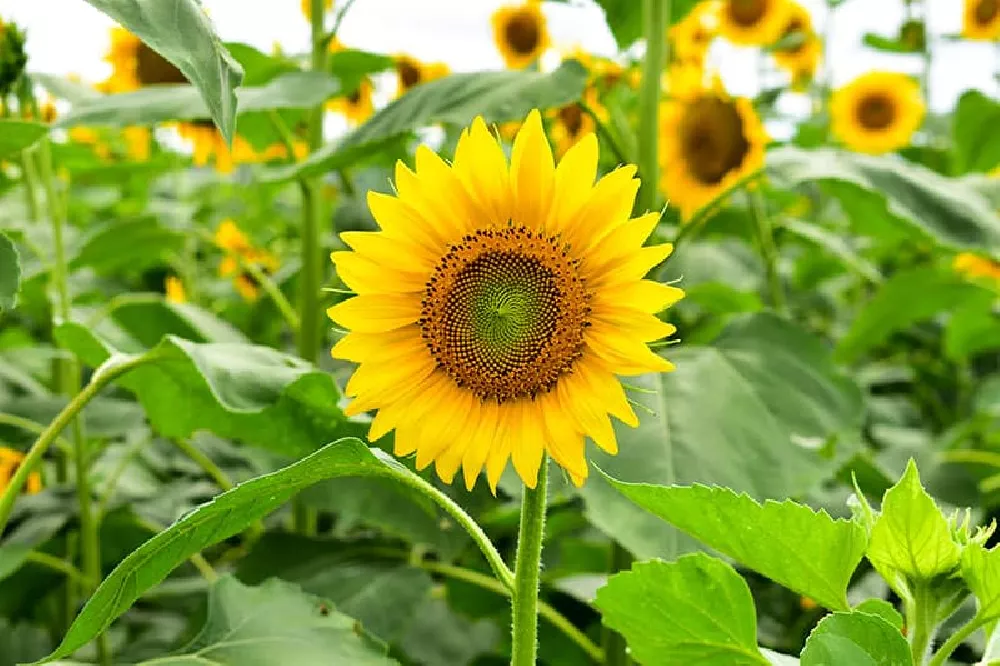
Avoid planting these crops near spinach, as they can inhibit growth:
Strawberries
Strawberries and spinach compete for nutrients, often leading to stunted growth. For best results, amend soil before planting spinach and strawberries in separate garden areas.
Potatoes
Potatoes and spinach are prone to many of the same soil-borne diseases. Planting them in close proximity year after year can lead to infected crops.
Corn and Sunflowers
Tall crops like sweet corn and sunflowers block needed sunlight from low-growing spinach leaves. Stunted spinach may bolt earlier as well.
Getting the Most out of Spinach Companion Planting
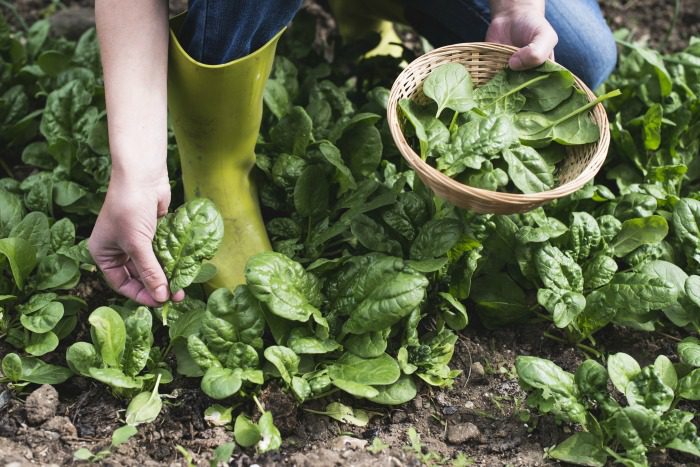
Here are some tips for success with spinach companion planting:
Amend soil: Enrich beds with aged compost or manure before planting. Good nutrition minimizes competition between companion plants.
Use space efficiently: Fill empty spots between spinach plants with quick-growing salad greens, beans or peas. This maximizes yields in tight spaces.
Use taller crops as windbreaks: Corn, trellised peas, pole beans and other tall veggies can shelter tender spinach from wind damage. But don’t plant them too close and cause shade issues.
Deter pests: Radishes, onions, garlic and nasturtiums help repel common spinach pests when planted nearby.
Promote pollination: Planting bee-attracting edible flowers like borage, calendula and nasturtiums encourages better fruit set of nearby crops. The flowers look beautiful too!
When to Plant Spinach with Companion Plants
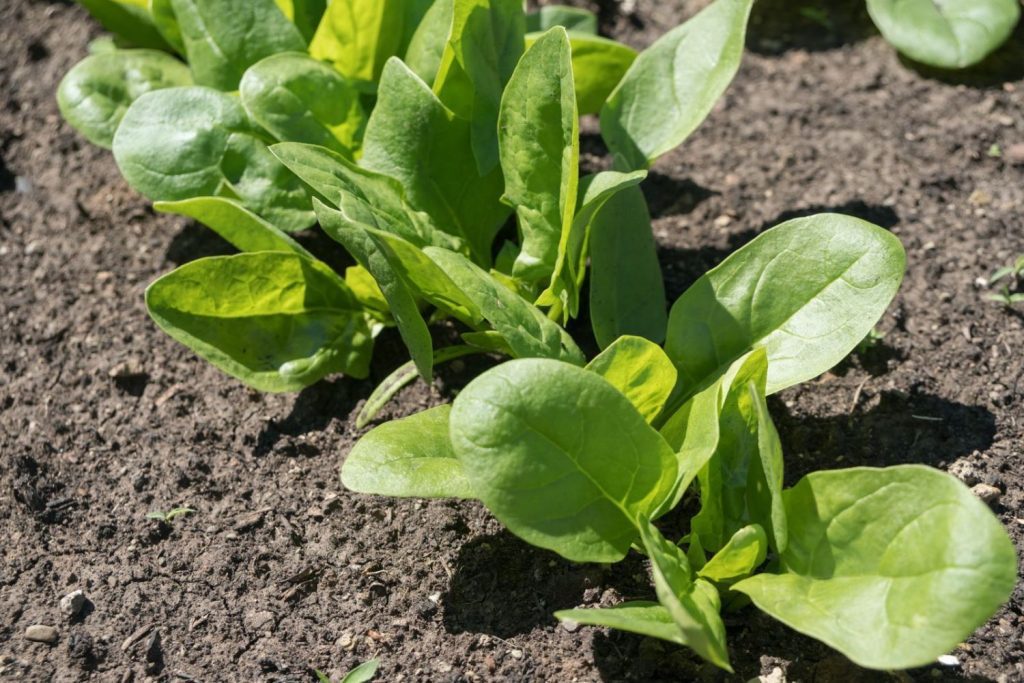
Spring
Spinach thrives in cool conditions. During short days and chilly spring nights, baby spinach greens will produce for an extended harvest.
Depending on your USDA zone, direct sow spinach seeds outdoors 4-6 weeks before your last expected spring frost date. Try sowing them with:
- Radishes
- Peas
- Lettuce and salad greens
- Beets
- Carrots
- Cilantro
These quick-growing companions will be ready to harvest just as spinach plants reach full size.
Fall
Many gardeners ignore fall spinach, missing out on it’s sweet, nutty flavor once cooler weather arrives again. In most regions, spinach can be planted for an autumn crop in late summer to early fall.
Try planting spinach transplants or seeds in August or September with:
- Bush beans
- Turnips
- Kale
- Beets
- Carrots
These hardy fall veggies withstand light frosts. Pair them with cold tolerant spinach varieties like Space, Olympia and Giant Winter.
Overwintering Spinach
Depending on your climate, spinach may survive winter with some added protection. Mulch heavily around plants with straw or leaves once cool weather sets in.
For a winter crop in spring, sow spinach during the short days of late December or January if possible. Otherwise start seeds indoors to transplant early in the new year.
Cool weather-loving lettuce and Asian greens also work to overwinter in mild regions. Though ducks and chickens may decimate unprotected plantings when foraging in winter and early spring.
Growing Spinach in Containers
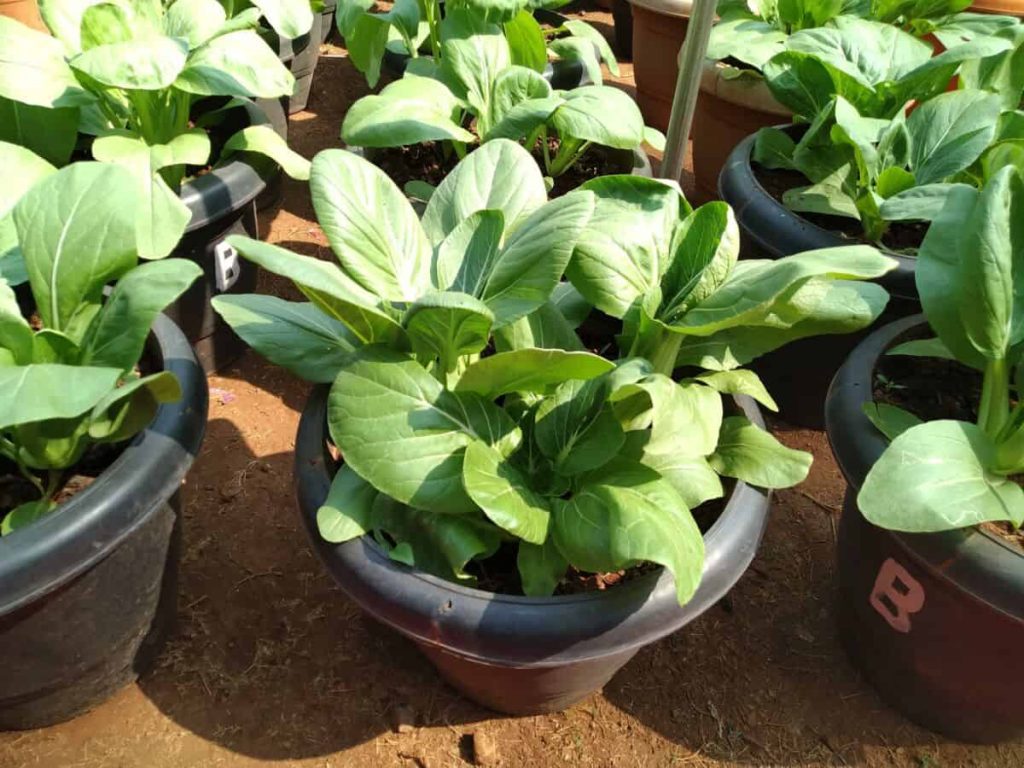
Lack of garden space? You can still enjoy homegrown spinach using containers. Follow this container growing guide for success:
- Choose large pots: Spinach roots grow deep quickly. Select containers at least 12-inches wide and deep for best growth.
- Use potting mix: Soil-less potting mixes drain better than garden soil in containers. Or amend garden soil with compost.
- Fertilize regularly: Unlike in garden beds, nutrients easily drain out of containers. Apply liquid fertilizer like fish emulsion monthly.
- Provide support: Exposed pots dry out faster than in-ground plantings. Check soil moisture daily and water at the base when the top inch becomes dry.
- Trim leaves: Baby spinach leaves have the sweetest flavor. Trim outer leaves often for a continuous crop.
- Grow cool weather greens: Pair spinach with looseleaf lettuces, kale and chard in containers for continuous harvests of vitamin-rich greens.
Common Spinach Growing Problems and Solutions
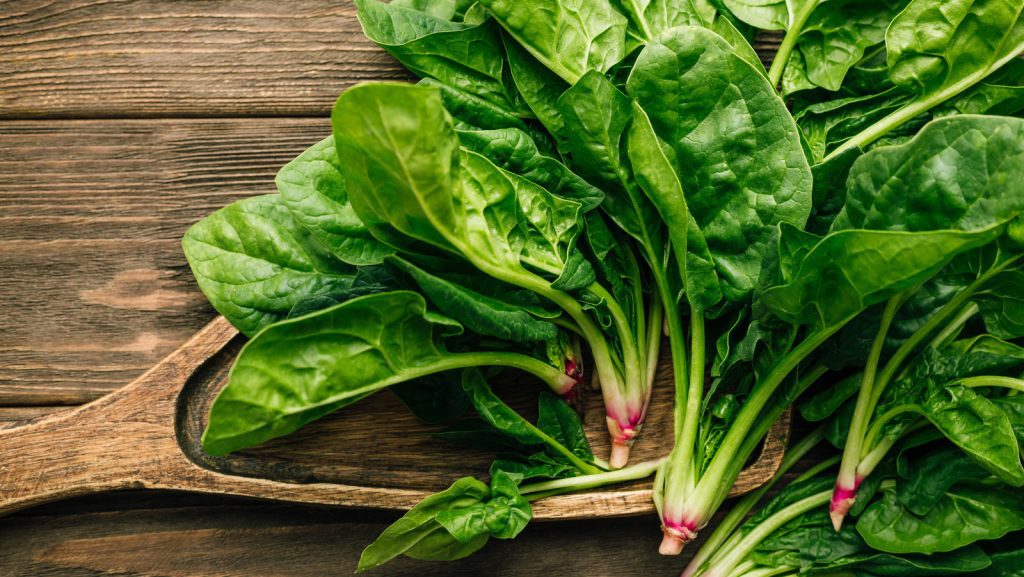
Even when grown under the right conditions, spinach can still experience common crop issues. Here’s how to prevent and treat the most likely problems in your spinach patch:
Poor Germination
Spinach seeds may fail to sprout well in hot weather. They germinate best in cool soil around 70°F.
Solution: In warm climates or summer plantings, find shade or shade cloth to keep planting beds cooler. Otherwise start seeds indoors to transplant.
Bolting
Left to grow in heat too long, spinach sends up flower stalks and goes to seed quickly. Exposure to extreme cold can also trigger seed stalks early.
Solution: Plant bolt-resistant varieties. Or grow spinach only during short-day spring and fall seasons. Removing flowering stems may prolong harvests.
Leaf Miners
Tiny flies lay eggs in spinach leaves. After hatching, larvae tunnel and feed inside, creating meandering blister-like mines.
Solution: Remove and destroy heavily infested leaves immediately. Row covers prevent flies from laying eggs during spinach’s peak harvest period.
Aphids
Dense colonies of peach and green peach aphids feed on spinach sucking out nutrients. They secrete sticky honeydew that coats plants.
Solution: Knock aphids off with a strong stream of water daily. Attract ladybugs and other beneficial insects with flowering companion plants. Apply insecticidal soap only when infestations persist.
White Rust
A fungal disease, white rust forms raised dusty white spots on leaf undersides. Significant infections slow leaf growth and plant vigor.
Solution: Improve air circulation and avoid wetting foliage when watering to limit spread. Immediately remove badly infected plants and leaves.
Downy Mildew
Another fungal disease, downy mildew causes yellow lesions on leaf tops with moldy white spores on leaf undersides during cool, wet weather.
Solution: Allow soil to dry slightly between waterings to reduce humidity levels. Space and prune plants to encourage good air flow.
How to Harvest Spinach for Continual Crops
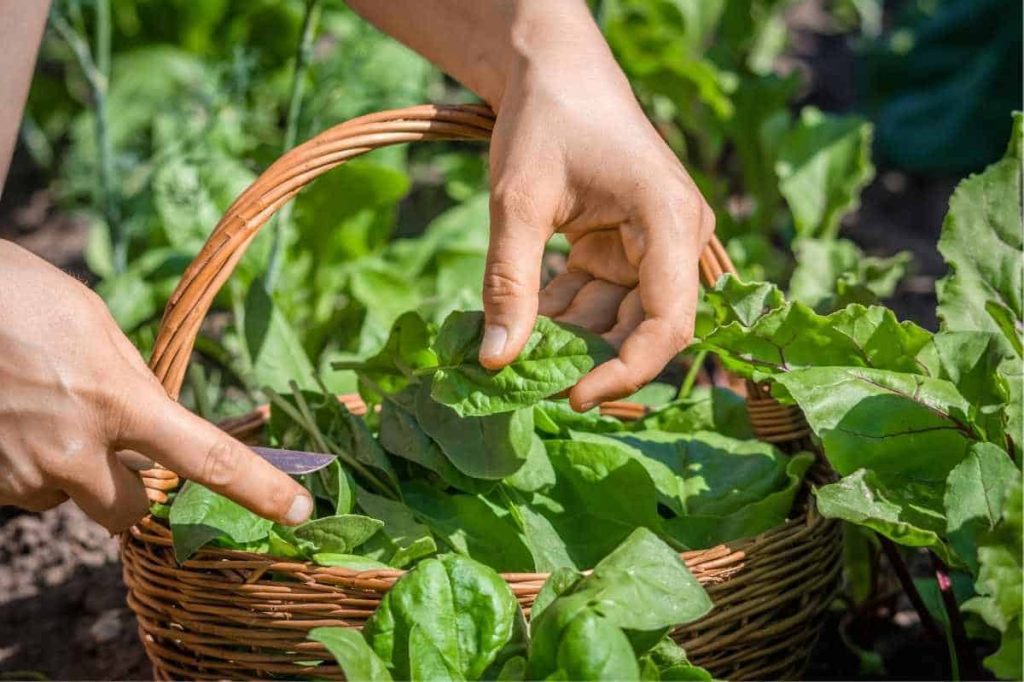
A few simple tricks keep spinach producing multiple crops in one season:
- Start seeds in succession: Sow small batches of spinach seeds every 2-3 weeks for a continuous supply. Space later sowings around faster maturing companion plants.
- Cut outer leaves only: Use scissors to snip largest outer spinach leaves while leaving smaller center leaves intact. New growth generates from the crown.
- Plant different varieties: Blend cultivars of different bolt-resistance, season lengths and heat tolerance. This extends the combined harvest window.
- Regrow bolted plants: Even if stalks form, spinach often regrows tender new leaves once heat passes or weather cools again. Cover bolting plants to rejuvenate them.
- Save space for regrows: When clearing finished spring crops out of a raised bed, leave hardy spinach plants in place. They act as a living mulch for summer crops transplanted around them. Then the spinach rebounds for fall picking.
- Preserve bountiful harvests: Baby spinach greens freeze, dehydrate or blanch and freeze easily. Or cook mature leaves like sautéed greens.
3 Tasty Ways to Use Spinach from Your Garden
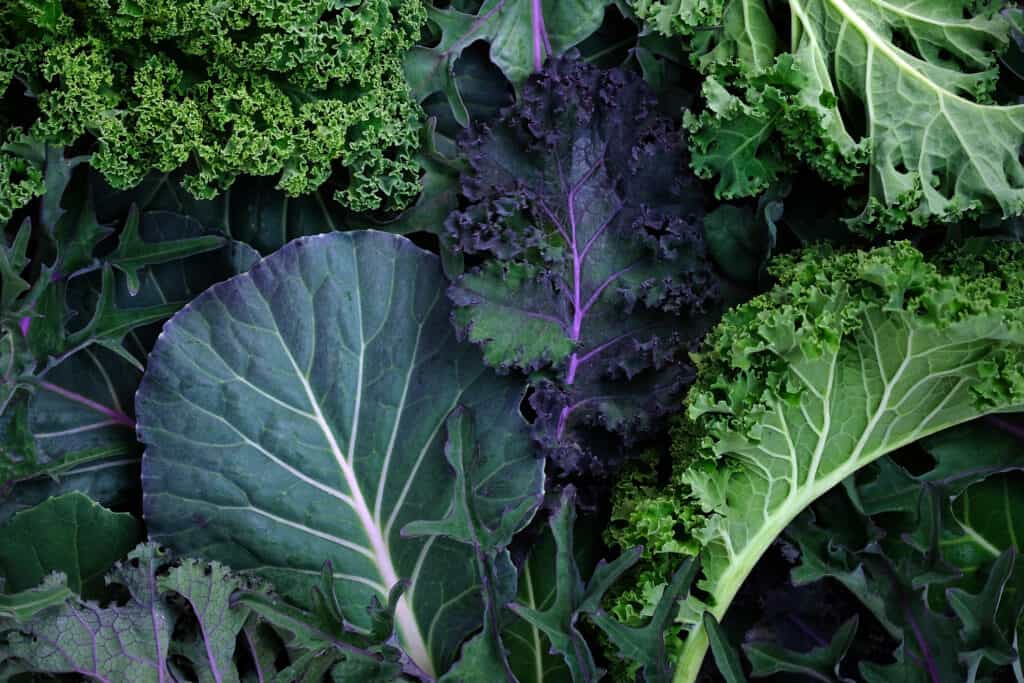
Beyond fresh salads and smoothies, homegrown spinach brings it’s signature flavor, texture and nutrients to so many dishes. Here are a few delicious ideas:
1. Spinach Pesto
Blending nutrient-rich spinach with basil and pine nuts makes for a brighter, healthier pesto. Toss with whole grain pasta or use as a veggie dip.
You’ll need: 3 cups spinach leaves 1 cup fresh basil 1/3 cup olive oil 1/3 cup parmesan 3 garlic cloves 1/4 cup pine nuts 1 lemon, zested Salt and pepper to taste
Instructions: In a food processor, pulse the garlic and pine nuts until chopped. Add the spinach, basil, lemon zest and parmesan. Pulse while slowly pouring in the olive oil until blended to desired consistency, leaving some texture. Season generously with salt and pepper.
2. Spinach Quiche
Wilted spinach mixed with egg custard and baked in a flaky crust makes for an easy yet impressive breakfast.
You’ll need: 1 pre-made pie crust 3 eggs 1 cup half and half or milk 1 cup packed fresh spinach 1 cup shredded cheese like cheddar, gruyere or swiss Pinches of nutmeg, salt and pepper
Instructions
Prick bottom of pie crust with fork and bake at 400°F for 5 minutes. In a bowl, beat eggs then whisk in half and half, nutmeg, salt and pepper. Spread spinach and cheese evenly into hot crust, then slowly pour egg mixture over top. Bake at 375°F for 35 to 40 minutes until set. Let cool 10 minutes before slicing.
3. Sauteed Spinach with Garlic and Lemon
There’s no better way to highlight fresh-picked spinach flavor than this quick saute. Try it alongside meat, seafood and eggs, spooned over pasta or on pizza.
You’ll need: 2 Tbsp olive oil 3 garlic cloves, minced 1 lb spinach leaves, washed and stemmed 1 lemon 1/4 teaspoon red pepper flakes (optional) Grated parmesan cheese (optional garnish)
Instructions: In a large pan over medium heat, warm olive oil. Cook garlic for 1 minute until fragrant but not browned. Add damp spinach by large handfuls, using tongs to stir and wilt it down as space becomes available. When nearly all spinach is wilted, after 3 to 4 minutes, stir in a squeeze of lemon juice and season with salt, pepper and red pepper flakes if desired. Turn off heat and sprinkle with grated parmesan before serving.
Maximizing Space Through Intercropping
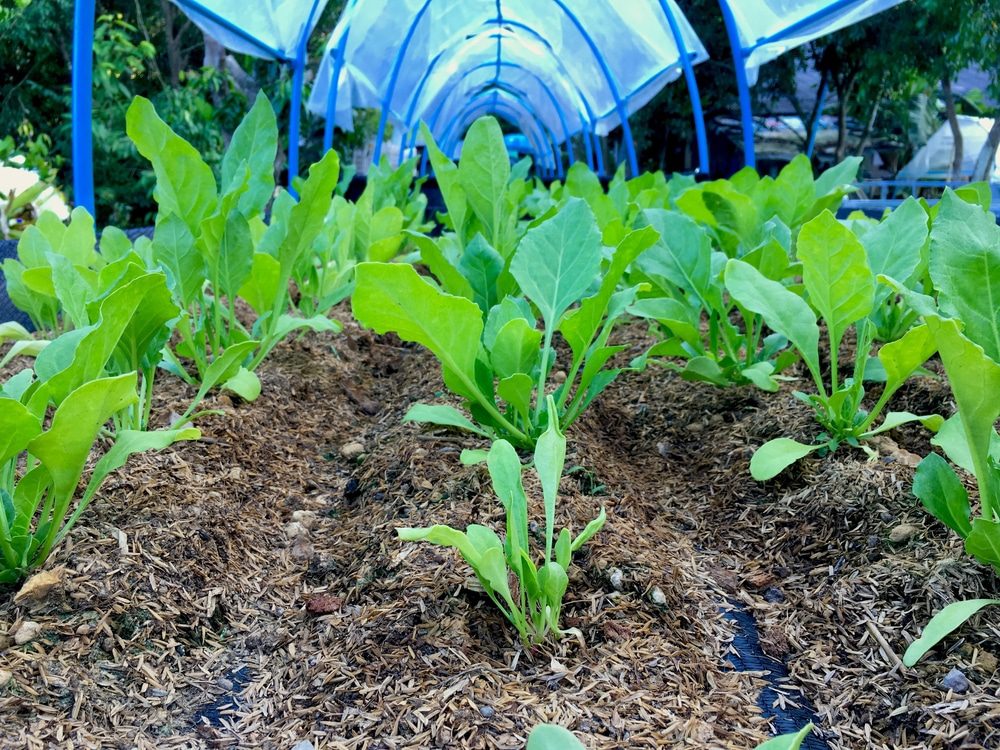
In addition to choosing specific companion plants, intercropping spinach with other vegetables can further boost yields.
Intercropping refers to planting shorter or faster growing crops together in the same space. For example, pairing quick-maturing radishes, baby greens or green onions with spinach makes efficient use of planting beds.
These quick crops will reach harvest size while spinach is still growing. After clearing harvested plants, the spinach continues maturing to fill the new open space.
Some intercrop combinations that work well with spinach include:
- Spinach + Lettuce
- Spinach + Kale + Chard
- Spinach + Radishes
- Spinach + Green onions
- Spinach + Carrots
- Spinach + Beets + Chard
- Spinach + Peas or Beans
When interplanting, space rows of tall or vining plants far enough apart for spinach to receive sufficient sunlight as it grows. Also avoid heavy feeders like corn or Brussels sprouts that may outcompete spinach for soil nutrients.
Having multiple crops in each bed diversifies harvests from small garden plots. just be sure to rotate planting locations the following years to prevent disease carryover.
Extending Spinach Harvests into Summer
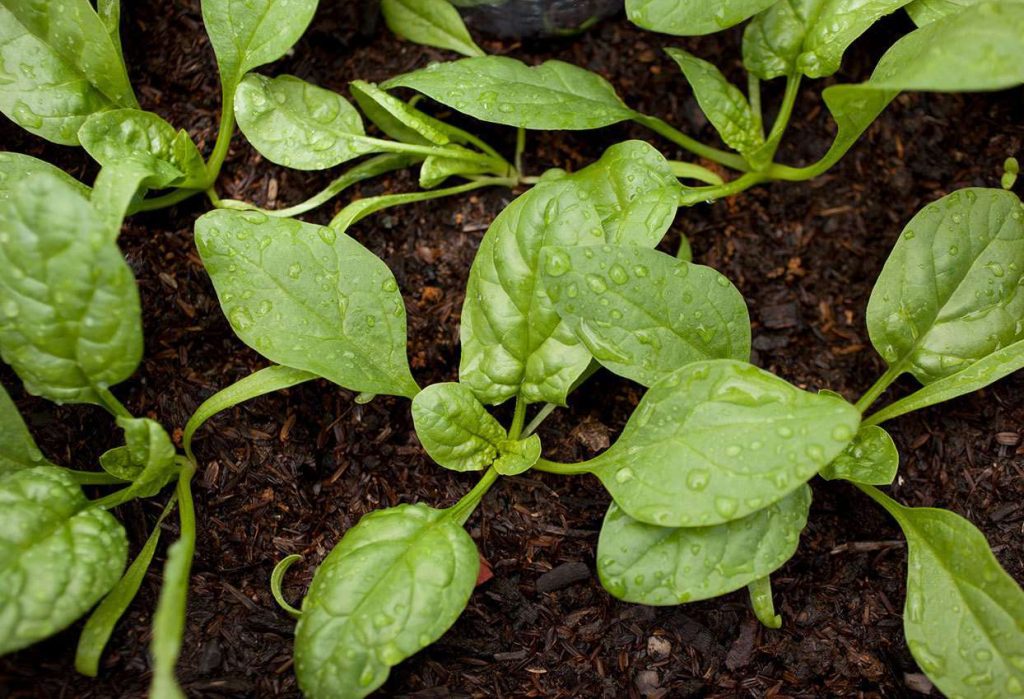
While spinach prefers cool weather, some varieties can temporarily tolerate summer heat when given a bit of protection. Here are some tricks to stretch out spinach harvests during hot spells:
Provide Shade
Filtering sunlight with cloches, shade cloth or nearby taller plantings helps keep spinach from bolting too quickly. But take care not to block too much needed light.
Mulch Heavily
Spreading 3-4 inches of straw or leaf mulch around plants keeps roots cooler and soil evenly moist. This delays bolting triggered by temperature fluctuations.
Plant Heat-Resistant Varieties
Try more bolt-resistant spinach cultivars like Space, Regiment and Olympia that can withstand warmer conditions longer without going to seed.
Keep Plants Well Hydrated
Consistent moisture prevents growth-slowing water stress. Prioritize watering spinach over other plants if summer rainfall is lacking.
Harvest Frequently
Trimming outer spinach leaves prompts the plant to generate new growth. Regular picking delays flower stalk formation so leaves stay tasty and tender.
While plants may still bolt by mid-summer, these measures can keep spinach viable for early summer meals and prevent bitter, tough foliage. Once cooler fall weather returns, spinach will bounce back again for late season harvests.
The Takeaway on Spinach Companion Planting
Choosing beneficial companions for spinach can improve flavors, deter pests and increase yields from your food garden space. Use this guide to help select spinach’s best plant pairings. Then enjoy the bounty of crisp, healthy greens they help produce.
Frequently Asked Questions (FAQs)
Beans, peas, radishes, lettuce, arugula, beets, carrots, onions and garlic all make good spinach companion plants. These veggies enrich soil, deter pests and thrive in similar cool conditions.
It’s recommended to only grow spinach in the same spot every 3-4 years. Fungal diseases and nutrient depletion can become issues when spinach is continually grown year after year without rotation.
Yes! Pairing nitrogen-fixing peas and beans provides spinach with soil nutrients. Allowing beneficial insect-attracting flowers to grow nearby also improves pollination. And including early spring radishes, turnips and greens maximizes planting space efficiency.
Spinach needs consistent nitrogen nourishment. Organic nitrogen sources ideal for spinach include compost, well-aged manure, fish emulsion, blood meal and cottonseed meal. Apply recommended amounts before planting and side dress growing plants monthly.
No, tomatoes and spinach should not share close space in vegetable gardens. These two crops are prone to many of the same wilt fungi and soil pathogens like verticillium wilt. Continual planting in the same space raises disease likelihood over time.
Basil and spinach don’t tend to impact each other’s growth either positively or negatively. But as a flowering herb, basil does help attract beneficial pollinators to gardens that contribute to better spinach growth and seed production overall.

